In the era of fast information, reading books (in any format) is crucial to avoid the fragmentary knowledge that the internet offers.
This is especially important when the aim is to explore particular topics for personal inclination and seeing how those themes evolved.
Schools of thought are like a stream: at some point, ramify and offer more perspectives of the same initial statement, for ending up in unexpected ways.
I’d like to recommend a few basic readings which, according to my opinion, are important for a step into the current Ecological Movement and its various aspects.
These are first-hand reading suggestions and there will be others, for a more complete bibliography on the topic.
The new generations are widely paying attention to alternative Natural lifestyles. This is stated variously, from the Urban Agricolture to the Zero Waste Movement to the Off-the-grid lifestyle.
Either if you belong to the first or the second, either if you want to live sustainably in the city and harvest your tomatoes directly on the terrace or, at the opposite, you love living far away from the crowd and immerse in a natural environment, in these books you can find hints for understanding where your need of connection and interaction with Nature is coming from and how that philosophy was formulated.
Respect and Interaction with Nature, because interaction implies design and planning, working with the Environment in harmonious ways.
The following list is in chronological order.
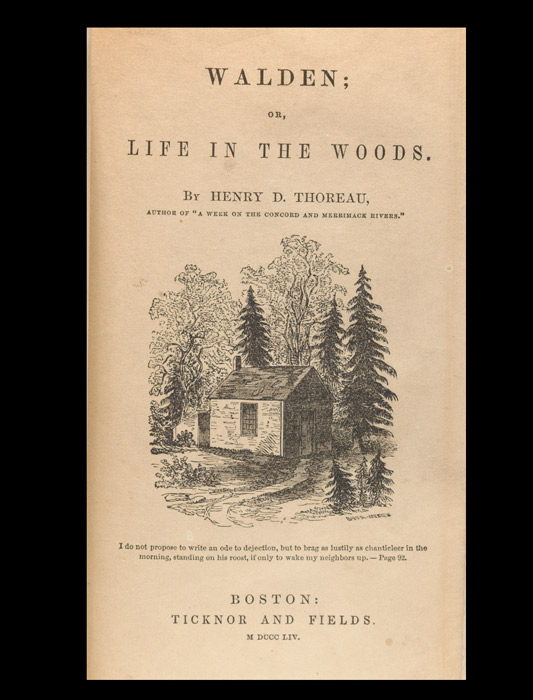
Henry David Thoreau, Walden; or, Life in the Woods (1854);
Evergreen. The precursor of the Off-Grid Movement (and I can add the Zero Waste Minimalism). He tells, in the form of a journal, about his decision and experience of living in a cabin in the woods nearby to the lake Walden.
The opening lines are history:
“I went to the woods because I wished to live deliberately, to front only the essential facts of life, and see if I could not learn what it had to teach, and not, when I came to die, discover that I had not lived. I did not wish to live what was not life, living is so dear; nor did I wish to practice resignation, unless it was quite necessary. I wanted to live deep and suck out all the marrow of life, to live so sturdily and Spartan-like as to put to rout all that was not life, to cut a broad swath and shave close, to drive life into a corner, and reduce it to its lowest terms …”
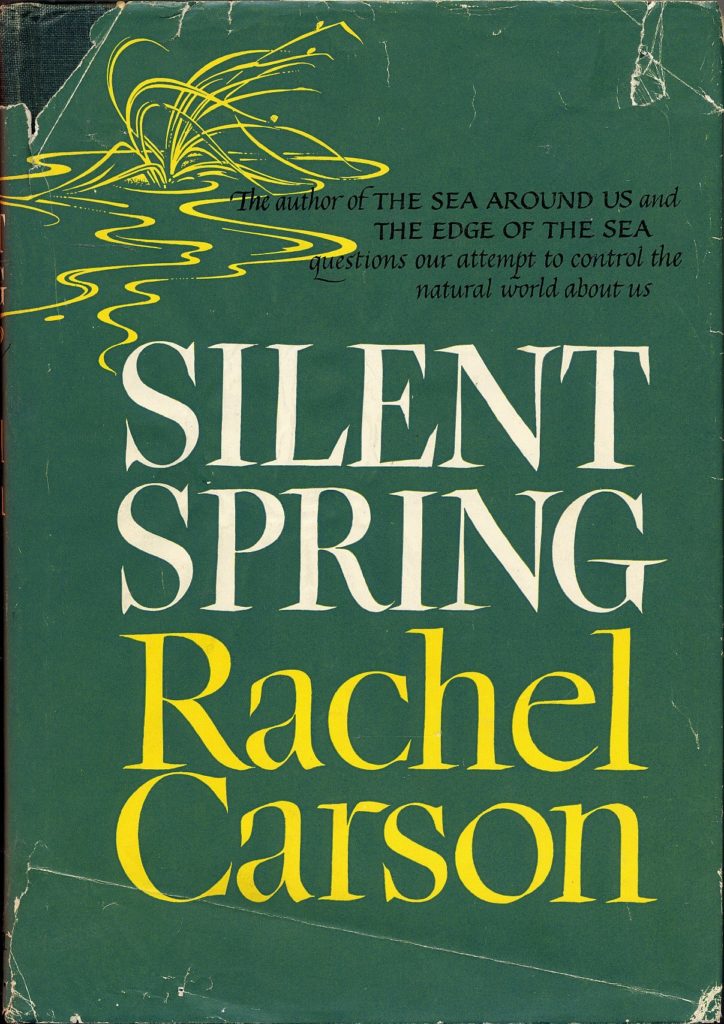
- Rachel Carson, Silent Spring (1962)
This book initiated the contemporary Environmental Movement and, as an architect, I strongly recommend it to everyone interested in Environmental Sustainability.
Rachel Carson was a marine biologist but first of all a born ecologist before that science was defined; the first one using the word ecosystem, which most readers had never heard before.
She wrote the book after observing the deadly effects on the Environment of the use of DDT and synthetic pesticides.
“We poison the gnats in a lake and the poison travels from link to link of the food chain and soon the birds of the lake margins become its victims. We spray our elms and the following springs are silent of robin song, not because we sprayed the robins directly but because the poison traveled, step by step, through the now familiar elm-leaf-earthworm cycle. These are matters of record, observable, part of the visible world around us. They reflect the web of life—or death—that scientists know as ecology.”
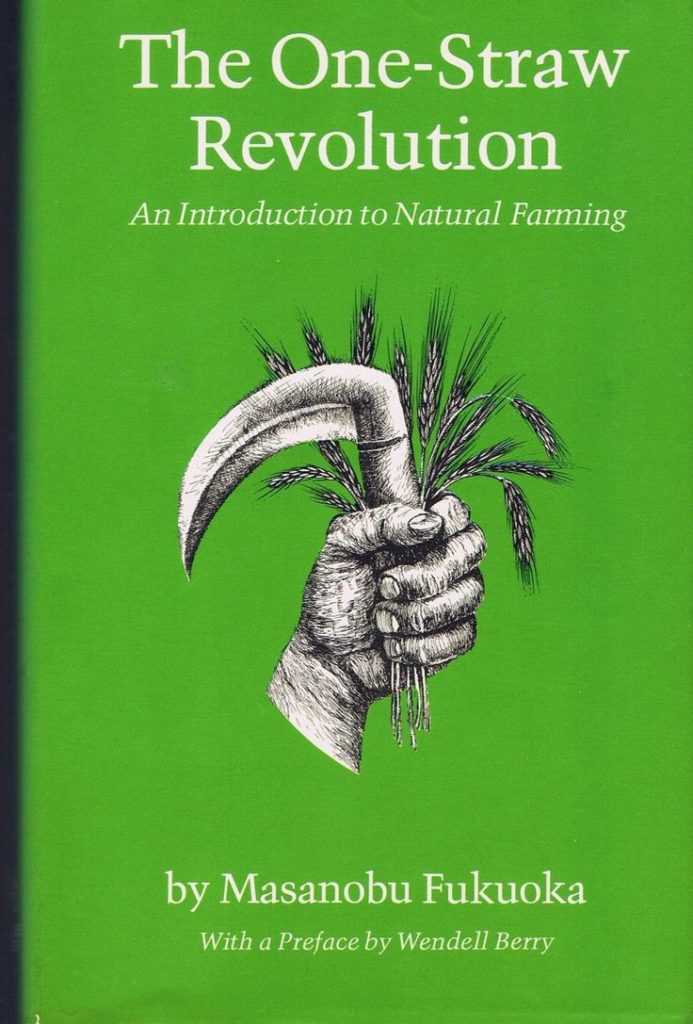
- Masanobu Fukuoka, The one straw revolution: an introduction to Natural Farming (1975)
A pillar of the Organic Farming Movement. Fukuoka was a plant pathologist until he quit his job and applied his Natural Farming principles to the family land. In the book, he describes his agricultural methods, including wins and failures, in the philosophic way which only a Japanese can use.
“The ultimate goal of farming is not the growing of crops, but the cultivation and perfection of human beings.”
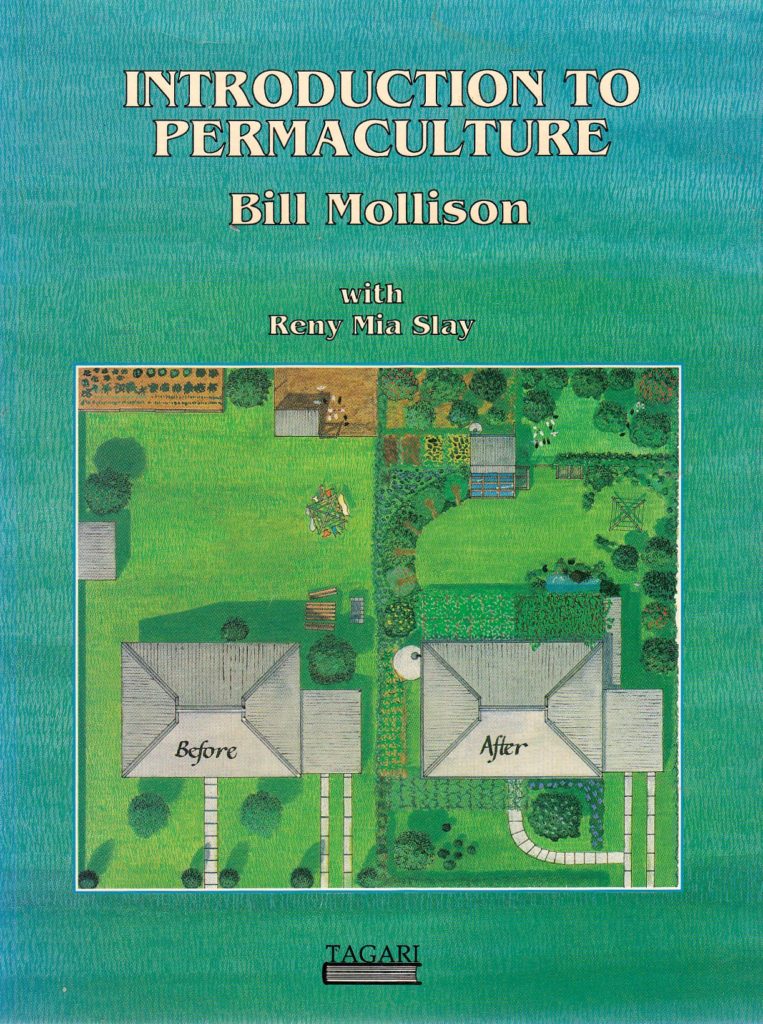
- Bill Mollison, Introduction to Permaculture (1991)
Also known as the father of Permaculture, Bill Mollison was a scientist and biologist. In this book, he explains the guideline of his agricultural system that works together with Nature. The book is also a basic Design guide for settling a Permaculture homestead.
“You don’t have a slug problem, you have a duck deficiency!”
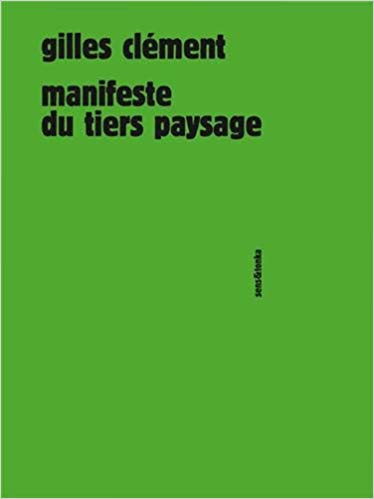
- Gilles Clement, Manifeste du Tiers-Paysage (2003) (couldn’t find the English edition if there is one)
Architect’s favorite. The Landscape of the Third Kind is a space neglected by the industrial city, where spontaneous revival is still possible. In-between or abandoned places where biodiversity can find an opportunity to develop.
Gilles Clement is a landscapist of the Ecole Nationale Superiéure pour le Paysage in Versailles, who champions a “humanist ecology”, a partnership with Nature.
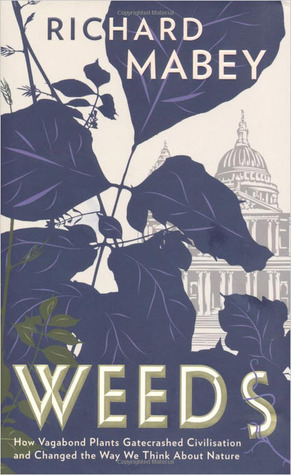
- Richard Mabey, Weeds (2010)
The Plus +1
This is a fascinating book. Following the movement of the wild weeds, their forgotten function, we understand the story of a place. They can invade and destroy fragile ecosystems or restore war zones and derelict cities.
“Weeds – even many intrusive aliens – give something back. They grow, over the dereliction we have created. They move in to replace more sensitive plants that we have endangered. Their willingness to grow in the most hostile environments – a bombed city, a crack in a wall – means that they insinuate the idea of wild nature into places otherwise quite shorn of it. They are, in this sense, paradoxical. Although they follow and are dependent on human activities, their cussedness and refusal to play by our rules make them subversive, and the very essence of wildness.”
That is for now. Feel free to add suggestions and comments.
ecoarchitecture.it



